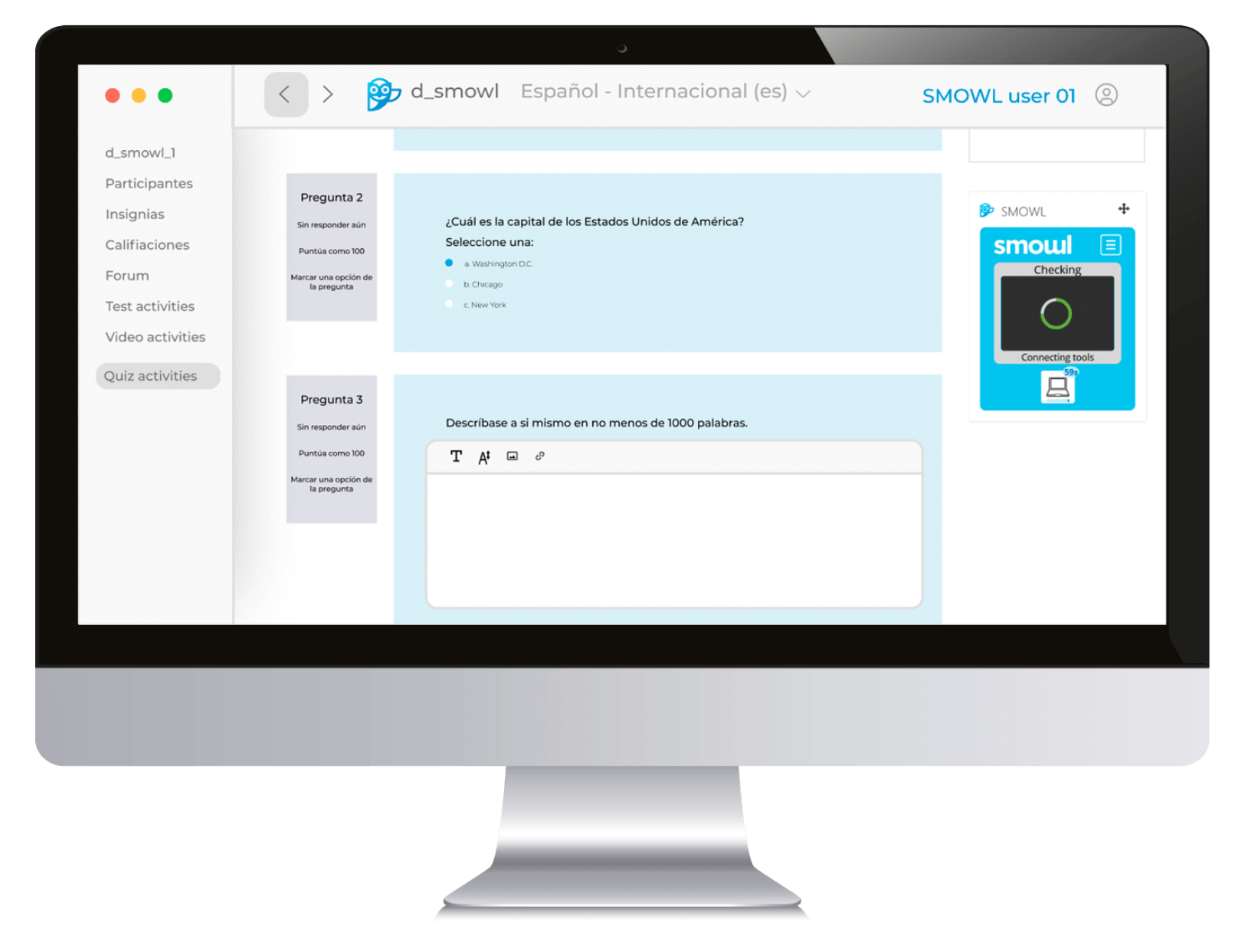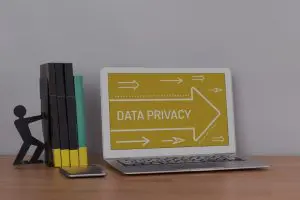Learning agility is a set of skills that allow people to adapt to change and find innovative solutions.
This capability, which functions as a predictive talent strategy, responds to the need for leaders who have the flexibility to meet the major challenges posed by disruptive business strategies.
These professionals need to be able to lead teams with diverse profiles that need to be managed both online and face-to-face.
Understanding it will allow you to comprehend what it can bring to your project. In this article, in addition to the definition, we will provide examples and tips to help you evaluate it.
Definition of learning agility
Learning agility is the ability of an individual to develop new behaviors and integrate new effective strategies focused on solving complex business problems.
This ability comes from a state of mind and practical methods, and is often linked to critical thinking. In fact, it is very common in people who have the flexibility and learning speed to approach situations from multiple perspectives.

This type of person is an agile learner and can quickly incorporate new skills and just as quickly discard ineffective ones.
While it is true that they can find solutions efficiently, it is also true that they can encounter problems just as easily without slowing down their development.
The great advantage of learning agility is that it treats skills as resources that can be learned, developed, improved or discarded when they are not adequate to solve a given situation. This process allows the elimination of any immobile dependence on obsolete skills.
In fact, learning accumulated through past and present experiences is of great importance.
For all these reasons, organizations highly value leaders who integrate this capability because they are open to innovation and new challenges in a movement of continuous and natural evolution.
5 factors of learning agility definition
If at this point you are still wondering what learning agility is, one way to deepen its definition is through the 5 factors that characterize these profiles.
Innovate
People who are gifted with learning agility are characterized by their creativity. These are profiles that are not afraid to innovate or challenge the established order by thinking differently.
Subscribe today to SMOWL’s weekly newsletter!
Discover the latest trends in eLearning, technology, and innovation, alongside experts in assessment and talent management. Stay informed about industry updates and get the information you need.
Simply fill out the form and stay up-to-date with everything relevant in our field.
Act
Another characteristic is their ability to act. Their agility in decision making comes from a combination of stress management, high adaptability to change and an analytical mind.
Reflect
Reflection is necessary to learn from new experiences and to draw accurate and useful conclusions in future contexts.
The reflective and introspective mind allows you to know your own limitations and to intuit possible reactions in your environment.
Taking risks
This is a necessary condition in order to reap the full benefits of the personal approach. Thanks to their own experience, these people gain self-confidence and the ability to naturally accept defeat and move forward beyond their comfort zone.
Advocate
As a result of the previous 4 factors, people in this state of mind do not become defensive in the face of criticism, but seek feedback from their employees and are open to change for the better.
These skills are therefore key to affiliative and inspirational interpersonal leadership.

Examples of learning agility
In the work environment, this ability is manifested through exemplary attitudes such as those listed below:
- Interest in experimentation through an active and curious personality.
- Willingness to try new tools and apply new protocols.
- Acceptance of new responsibilities, even if they are complex.
- Curiosity to explore and push one’s limits.
- Passion for learning.
- Motivation for challenges.
- Take initiative when faced with a problem.
- Innovation and originality of proposals.
- Search for bold and innovative solutions.
- Making the right decisions quickly.
- Think beyond apparent boundaries.
- Adaptability to sudden and abrupt changes.
- Resilience and ability to cope with uncertainty.
- Reflection and calmness are two constants, even under the most adverse conditions.
- Assertively communicating your opinions and seeking feedback from colleagues and superiors.
Assessing learning agility
There are several techniques for assessing learning agility and identifying high performers who possess this learning competency, which is increasingly in demand in companies.
Here are some of the dynamics you can use.
Skills assessment
Since learning agility is a set of skills, you can assess it in activities such as gamification, a combination of gaming fundamentals and neuropsychology to measure aptitude, knowledge and performance.
You can suggest exercises that allow you to analyze soft skills such as critical thinking, decision making, or attention to detail.

Personality tests
Personality tests are valuable tools for identifying these types of skills.
For example, the DISC personality test helps you identify the profiles that respond to the specific needs of your organization based on 4 basic behavioral dimensions:
- Dominance. Typical of results-oriented profiles.
- Influence. Usually present in persuasive personalities.
- Steadiness. Practice of active listening.
- Compliance. Accurate and detail-oriented personalities.
Personal Interviews
Personal interviews allow a direct approach to the candidate.
In particular, behavioral interviews are a means to assess both competencies and interpersonal skills defined in the structuring of the process.
In an increasingly digitized assessment context, you need to be able to create safe spaces that facilitate objective assessment for your managers and teams.
You can easily achieve this with our proctoring plans, innovative solutions that reinforce the flexibility and professionalism your project requires. Request a free demo to see how we can help you increase learning agility in your organization.
Download now!
8 interesting
facts
about proctoring
Discover everything you need about online proctoring in this book to know how to choose the best software.
Fill out the form and download the guide now.
And subscribe to the weekly SMOWL newsletter to get exclusive offers and promotions.
You will discover all the trends in eLearning, technology, innovation, and proctoring at the hands of evaluation and talent management experts.






